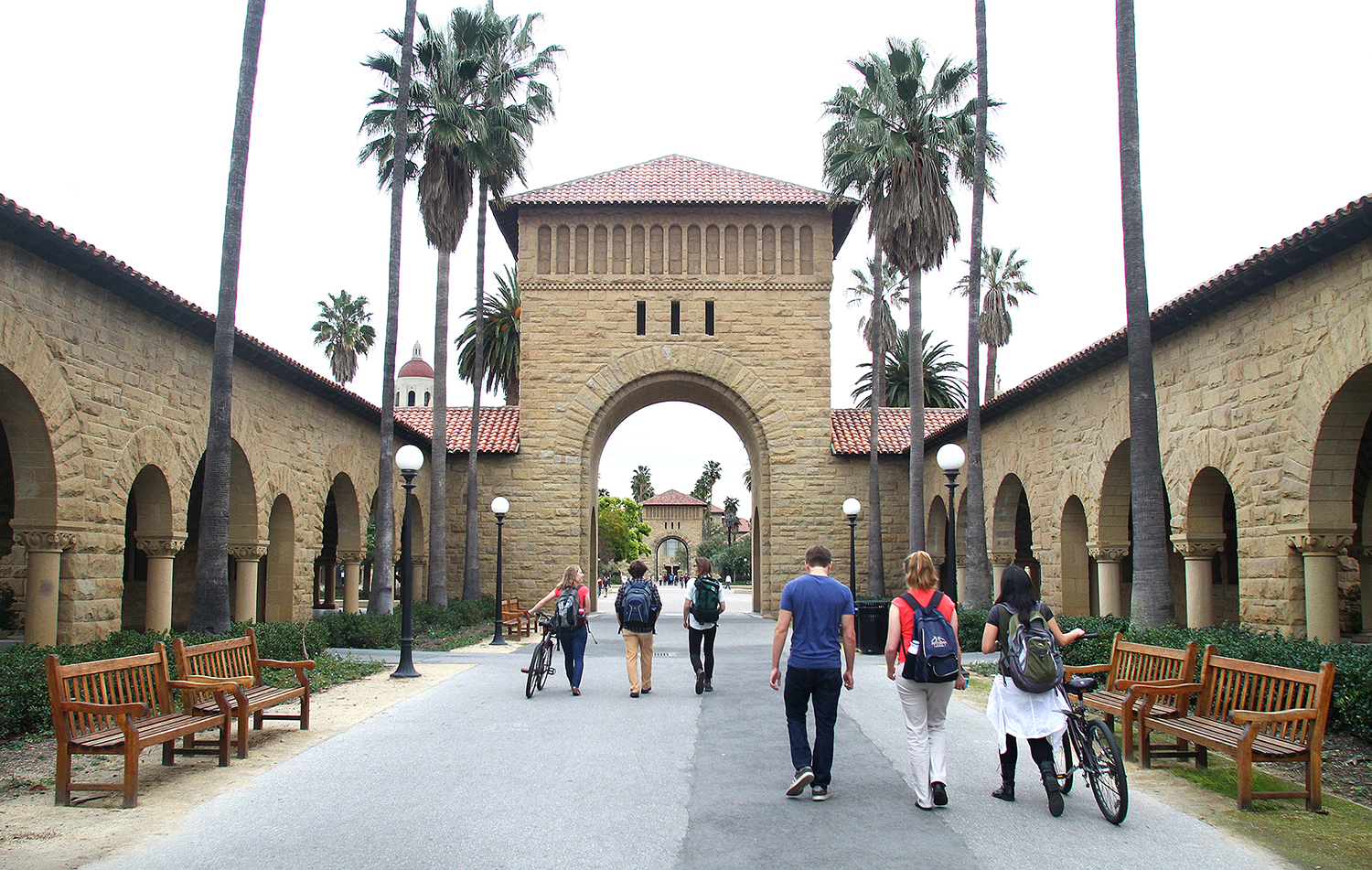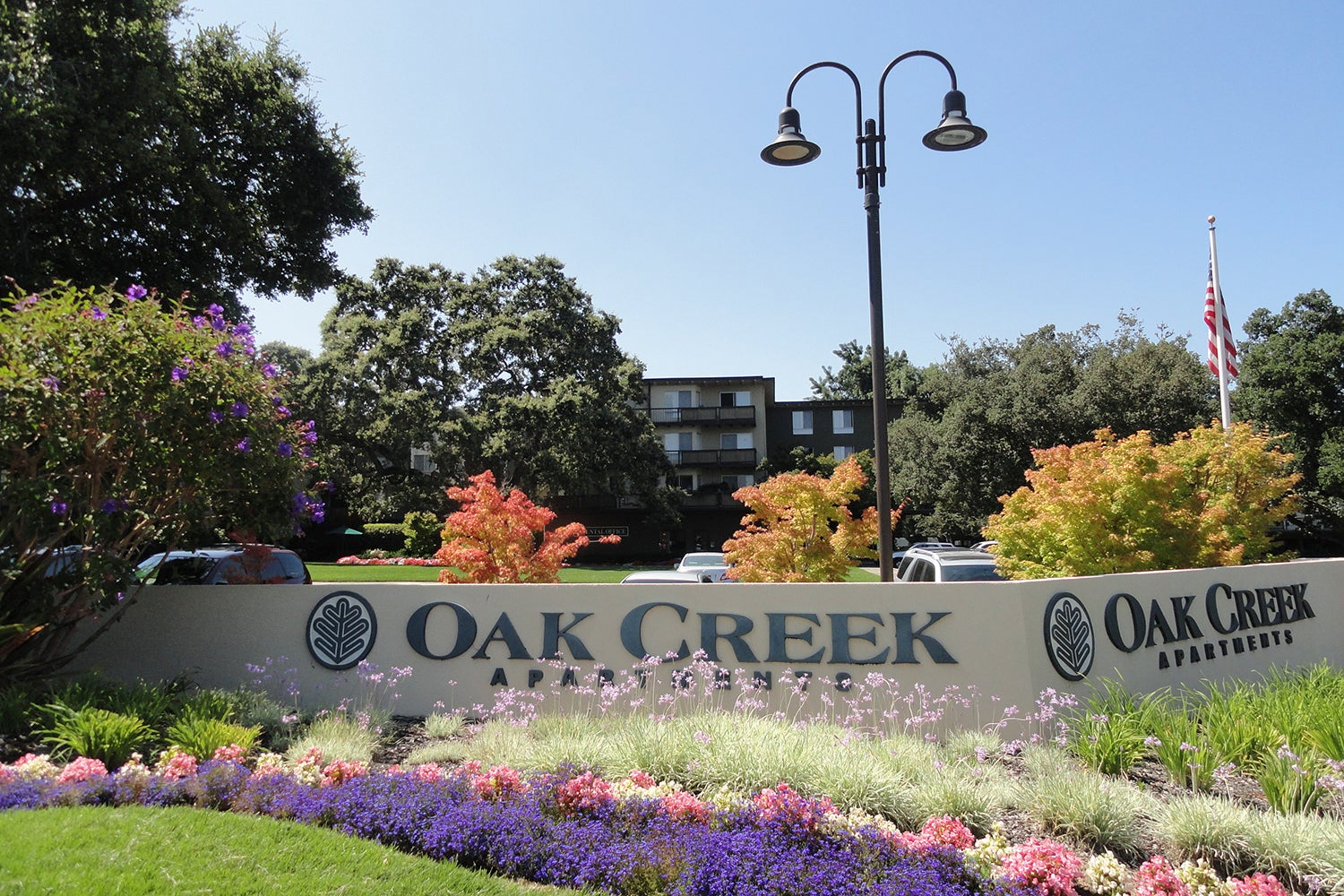For decades, Stanford University looked well beyond its campus to find housing for its faculty, staff and postdoctoral students.
Just last year, the university purchased the Oak Creek Apartments, a 760-apartment complex in Palo Alto, and completed construction of Middle Plaza, a development in Menlo Park that includes 215 dwellings for university affiliates. But while these projects and others have allowed the university to support its workforce, they have also created an outcry from surrounding cities who suddenly found themselves losing out on property taxes and struggling to meet their own goals for housing construction.
The Santa Clara County Board of Supervisors made it clear on Oct. 17 that it shares the cities' concerns when it approved a series of significant changes to the Stanford Community Plan, a document that has been governing the university's growth since 2000. Like the original community plan, the updated one requires Stanford University to construct housing as part of any proposal to expand academic facilities. Unlike the prior version, however, the amended plan requires Stanford to build three-quarters of this housing within its campus. The remaining 25% could be located on Stanford-owned land in surrounding communities, primarily Palo Alto.
The new policy, which the Board of Supervisors unanimously approved, goes further than the housing requirements that were proposed by the county's planning staff, consultants and Planning Commission. Those bodies recommended that Stanford be required to build at least 70% of new housing on campus and at most 30% on properties contiguous to its campus, including Stanford Research Park.
In proposing the new policies, Deputy County Executive Sylvia Gallegos highlighted Stanford's dual status as both a leader in education innovation and as a huge property owner that serves as "a major employer and provider of housing."
"It's not unexpected that Stanford University would have an outsized impact on surrounding communities in the larger region," Gallegos said.
Stanford strongly criticized the new requirement for on-campus housing, which represents a significant departure from the status quo. According to county staff and consultants, Stanford had only constructed 69 dwellings for faculty and staff on its campus since 2000, when the original community plan was adopted.
The university, however, argued in a letter to the Board that many of the policies proposed in the new Stanford Community Plan are "overly restrictive and will likely affect both the timing and amount of housing that Stanford can deliver." It suggested that the county allow it to construct housing in other jurisdictions, particularly in transit-rich areas.
Erin Efner, Stanford's associate vice president for land use and environmental planning, noted in the Oct. 13 letter to the Board of Supervisors that the university shares the county's goals to "build more housing to support future academic growth, encourage the use of sustainable modes of transportation, and protect open space."
That said, Efner criticized a proposal from staff and consultants to extend for 99 years an existing policy that bars Stanford from building in the foothills unless it gets the green light from four of the five supervisors. The university had maintained throughout the planning process that the 99-year time horizon is far too long and requested that the county reduce it to 25 years.
These arguments did not sway the Board of Supervisors, which approved all of the changes proposed by planning staff and consultants to govern future growth and, in the case of housing, went beyond the staff proposal.
In approving the new policy, board members and consultants alluded to the Sustainable Development Study that the county commissioned in 2018. The analysis concluded that Stanford University has more than 500 acres within its core campus that could accommodate up to 44 million square feet of development over the next century or more, obviating the need to construct anything in the foothills.
"This would nearly triple the existing density of the campus, demonstrating that campus development can be contained within the Academic Growth Boundary over the foreseeable future," the report stated.
The newly approved changes include a new methodology for evaluating Stanford's transportation impacts that, for the first time, considers reverse commutes and looks at traffic figures for the busiest three-hour period (the current methodology evaluates just the "peak hour"). Another new policy, which sparked debate among the Planning Commission but which the Board of Supervisor swiftly approved on Oct. 17, prohibits Stanford from paying in-lieu fees to avoid constructing the required affordable housing. According to county staff, the in-lieu fees that Stanford has been paying remain well short of what is actually needed to build affordable housing. According to Geoff Bradley, whose firm M-Group has been working with the county to update the plan, the fees have provided only 12.5% of the necessary funding on average for housing projects.
Supervisor Otto Lee enthusiastically supported the proposal to get rid of the fee option and to require Stanford to actually build housing.
"It's really a cheap way to pretend you're building affordable housing and getting out of it by just not doing the hard work," Lee said of the in-lieu fees.
Supervisor Joe Simitian, whose district includes Palo Alto and much of unincorporated county land where Stanford is located, made the case for advancing all the new policies proposed by M-Group and county staff and for requiring the university to "fully mitigate its impacts on other communities."
Simitian suggested that as Stanford continues to grow, one of three things will happen: Stanford will mitigate the impacts of its growth, surrounding cities will pay for these mitigations, or these impacts will simply not be mitigated and "housing, traffic and open space challenges will grow worse rather than better."
"Given those three possibilities – let things get worse, make someone else pay or expect the creator of the impacts to fully mitigate those impacts – I land squarely on that latter option. That is the needle that staff has so artfully threaded," Simitian said.
He suggested raising the percentage of housing that would need to be built on campus as part of any academic growth after hearing from various speakers who complained about Stanford buying up residential properties and designating them for its affiliates.
Palo Alto resident Nancy Krop, a long-time school activist, was among those who lamented the loss of property tax revenues that her city experiences when Stanford, a nonprofit institution, takes over residential properties.
"We're fundraising like crazy every year because we don't have property taxes coming in from every single home that Stanford removes from our community," Krop said. "Our children pay the price if we can't raise the difference."
Palo Alto Mayor Lydia Kou suggested in a letter that devoting viable housing sites in Stanford Research Park and other university-owned lands to Stanford affiliates would "impede Palo Alto's ability to create housing for the general public." And placing additional students into local schools without contributing property taxes "places a large financial burden on the school district."
"Stanford affiliate residents should have the same obligation to pay their fair share of public education and other public services as does the rest of the community," Kou wrote.
Concerns about Stanford's growth weren't limited to Palo Alto. San Mateo County Supervisor Ray Mueller, a former Menlo Park mayor, urged the board to support the 70-30 split proposed by staff and consultants. Areas of his districts that are near the Stanford campus would be impacted by existing policies that he said have "permitted the university to not fully mitigate its impacts, particularly on housing."
"This has had negative property tax implications for the communities I represent and has worsened our housing and traffic problems," Mueller said.
Sally Lieber, a former member of the state Assembly and the Mountain View City Council, urged the county to go further and raise the requirement for on-campus housing beyond 70% to minimize impact on surrounding cities. Lieber was also one of several speakers to support a 99-year extension of the "academic growth boundary," a geographic area that encompasses Stanford's central campus but excludes the foothills.
Lieber and others noted that the new policy still allows Stanford to pursue development in the foothills, albeit with support from four of the five supervisors. Even that 4/5 requirement, however, could be changed by a simple majority of the board.
"It's just a speed bump but it's a very important speed bump because it gives the community an opportunity to weigh in," Lieber said.
Despite Stanford's reservations, the county push to extend the restriction on foothills development by 99 years proved broadly popular, with the planning commission unanimously approving the proposal last month and the Board of Supervisor following suit on Oct. 17 with little debate.
Two former Palo Alto mayors, Peter Drekmeier and Eric Filseth, both supported extending the loose prohibition on foothills development. Drekmeier suggested that the 99-year extension is actually a great deal for Stanford because it does not constitute permanent protection.
Filseth similarly supported adopting the policy.
"If we don't protect our environment, we won't have it," he said.




Comments